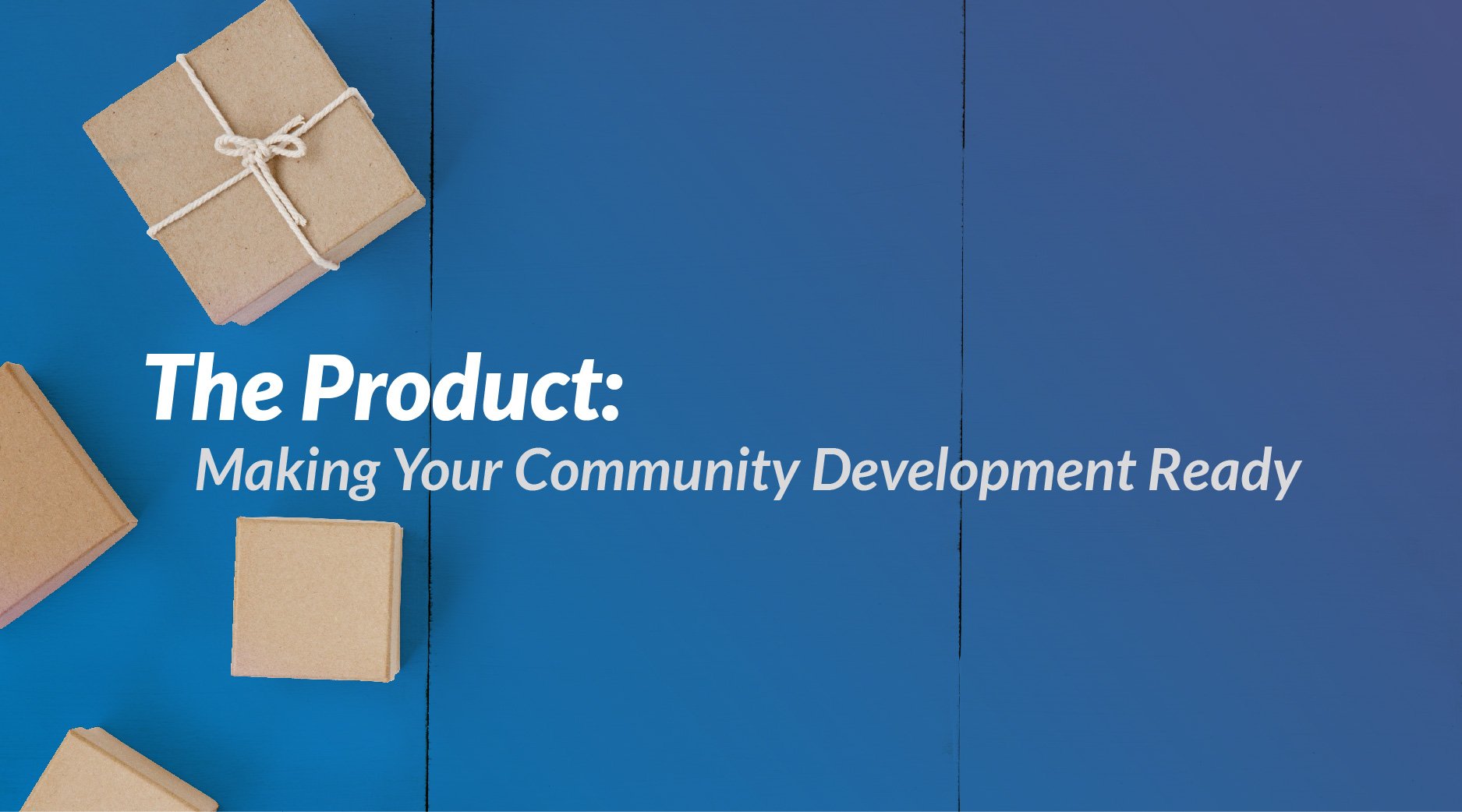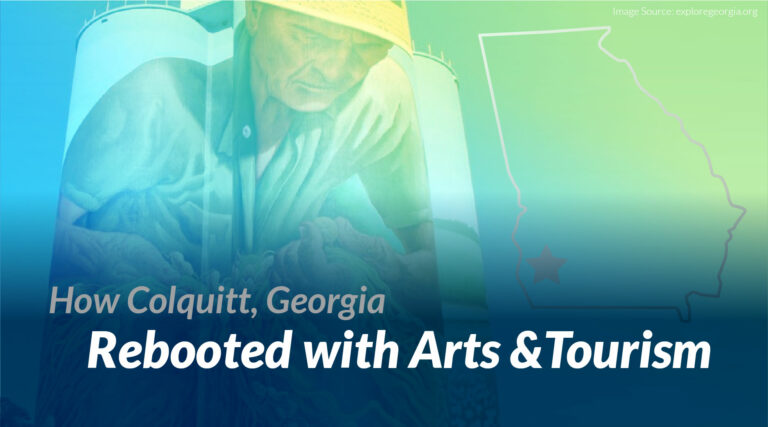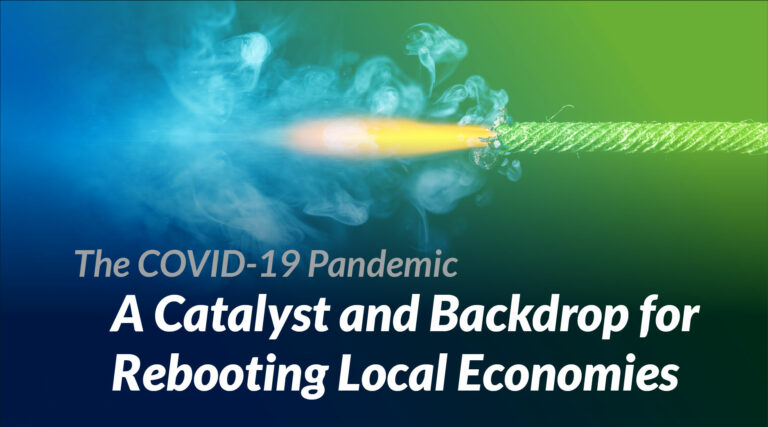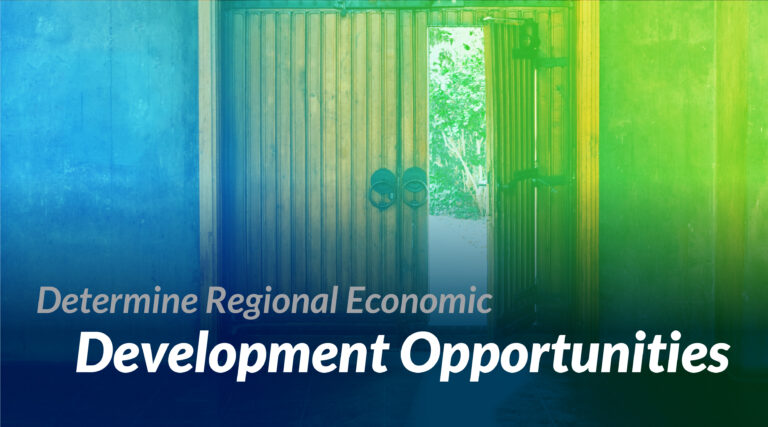By Robert Pittman, Executive Director, Janus Institute
Do you think you live in a good community? Do you have a good quality of life, a good job, good friends in town, nice restaurants, and weather that suits you? Some fortunate communities have all of these attributes. Many do not, but still, most people would probably rate their community as a good place to live, work and play. After all, it’s home!
 Now I ask you to take off the tinted glasses and look at your community as an outsider would, especially an investor looking to locate a new production facility, or an entrepreneur looking for a place to launch a business. Does your community have available industrial/commercial sites and buildings? Adequate infrastructure to support a growing business? A good labor force and training/retraining facilities? Good (and I mean good) schools? What about available, affordable housing? For good measure, let’s also throw in effective local government. Things do look different from the outside!
Now I ask you to take off the tinted glasses and look at your community as an outsider would, especially an investor looking to locate a new production facility, or an entrepreneur looking for a place to launch a business. Does your community have available industrial/commercial sites and buildings? Adequate infrastructure to support a growing business? A good labor force and training/retraining facilities? Good (and I mean good) schools? What about available, affordable housing? For good measure, let’s also throw in effective local government. Things do look different from the outside!
Business location decision-makers are looking for one thing – the most profitable place to invest. They have checklists of needs and wants and they normally evaluate dozens if not hundreds of communities before making a final decision. On the “needs” list are the basic factors that make a business competitive including a good labor force, good infrastructure, and sites and buildings available for immediate occupancy. Without these basic factors, a community would most likely be eliminated in a location search 99 out of 100 times (the 1 out of 100 might be a local resident starting a business). The “wants” list usually contains items that may not be critical location factors, but nonetheless may influence the bottom line or the attractiveness of the community as a place for employees to live. These factors can be tie-breakers that win a project in the final round.
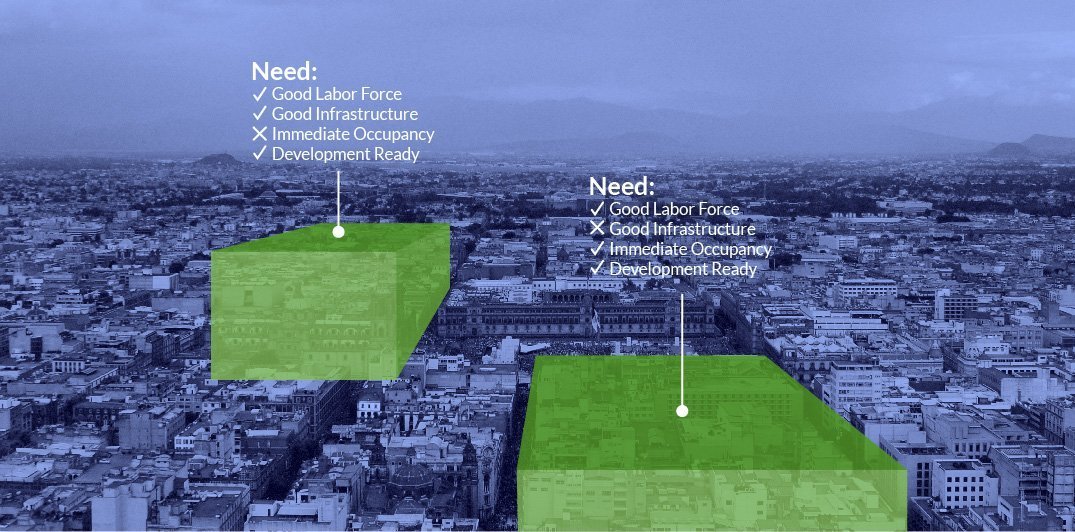
I’m often asked “how do I get on the radar screen?” by economic developers and community leaders looking to attract new investment and jobs. My answer is usually that their communities may have been on the radar screen many times before, but if they are not getting any inquiries then perhaps they had better take a close look at how competitive their community is relative to the dozens or hundreds of other communities also on the radar screen. In other words, is the community development ready and attractive as a business location?
The term “site selection” is really a misnomer. To understand this, consider the decision process many of us go through when buying a new car. Some people may know the exact car they want to buy, but most of us comparison shop. We have our own needs and wants lists. For example, our needs might include ample interior space for cargo or kids, good reliability, good gas mileage, or any number of factors. Rather than extensively evaluating hundreds of new cars on all these factors, we usually first narrow the field and eliminate makes and models that don’t have one or more of the factors on our needs list. Then, we test drive and research the cars that survive the initial screening to make a final decision.
 Most business location decisions proceed in a similar fashion. Decision makers often consider multiple states and communities within those states to find the best location, but the first step is usually to screen and eliminate communities that don’t pass the needs checklist in order to winnow the field down to a few communities that merit further consideration. Only then does the business location decision truly become a site “selection” exercise of choosing a winner from the finalist communities. Everything before that is site and community “elimination.”
Most business location decisions proceed in a similar fashion. Decision makers often consider multiple states and communities within those states to find the best location, but the first step is usually to screen and eliminate communities that don’t pass the needs checklist in order to winnow the field down to a few communities that merit further consideration. Only then does the business location decision truly become a site “selection” exercise of choosing a winner from the finalist communities. Everything before that is site and community “elimination.”
So, to win a project and attract investment and new jobs, communities must first avoid getting eliminated in the early rounds of business location decisions. In other words, they must be development ready. Another question I’m often asked is “how can I possibly anticipate what any company looking at my community might have on its needs list?” Of course, no community can do that, but they can evaluate themselves from an outsider’s perspective and identify and work to correct factors or “fatal flaws” that may be making them less competitive as a business location. As discussed in the Planning for Community Progress and other blogs in Prosperous Places, a strengths and weaknesses assessment is a critical part of economic development success.
Of course, no community is perfect, and all have relative weaknesses as well as strengths from a business location standpoint. Making a community more development ready is not an overnight process. For example, improving the local labor force can involve creating better K-12 schools, establishing workforce development programs and so many other factors. Given limited resources and budget constraints, communities should prioritize the areas for improvement and commit to working on them over time to become more development ready.
 One thing that can help prioritize improvement is targeting the kinds of businesses a community wants to attract. A city manager once asked me if cutting the parks and recreation budget would hurt economic development. I responded that if his community wanted to attract companies employing highly-educated white collar workers who might crave nature walks and recreational sports after sitting at a desk all day long, then, yes, it could hurt. On the other hand, companies employing workers doing more physical labor who may be ready to get off their feet at quitting time might not care as much about parks. Establishing a vision and plan for the kinds of industries a community wants to attract, therefore, can help guide the community improvement process.
One thing that can help prioritize improvement is targeting the kinds of businesses a community wants to attract. A city manager once asked me if cutting the parks and recreation budget would hurt economic development. I responded that if his community wanted to attract companies employing highly-educated white collar workers who might crave nature walks and recreational sports after sitting at a desk all day long, then, yes, it could hurt. On the other hand, companies employing workers doing more physical labor who may be ready to get off their feet at quitting time might not care as much about parks. Establishing a vision and plan for the kinds of industries a community wants to attract, therefore, can help guide the community improvement process.
Elected officials and local decision-makers that fall victim to the “God’s Little Acre” syndrome that their community is great just as it is would do well to trade in their tinted sunglasses for a prism of reality to assess their community from an outsider’s perspective. Developing a good “product” for investors to buy is a critical element of success, and clearly illustrates why good economic development is based on good community development.

- Do local economic development decision-makers look at your community from an outside perspective? How can you encourage this process?
- What do you believe should be your community’s priorities for improvement to become more development ready?
We look forward to your input. Have some thoughts to the questions and content above? Feel free to post them in the comments below.
![2021 Prosperous Places Logo [TM]](https://www.prosperousplaces.org/wp-content/uploads/2021/02/20210205_JI_PPTM-Logo.png)
